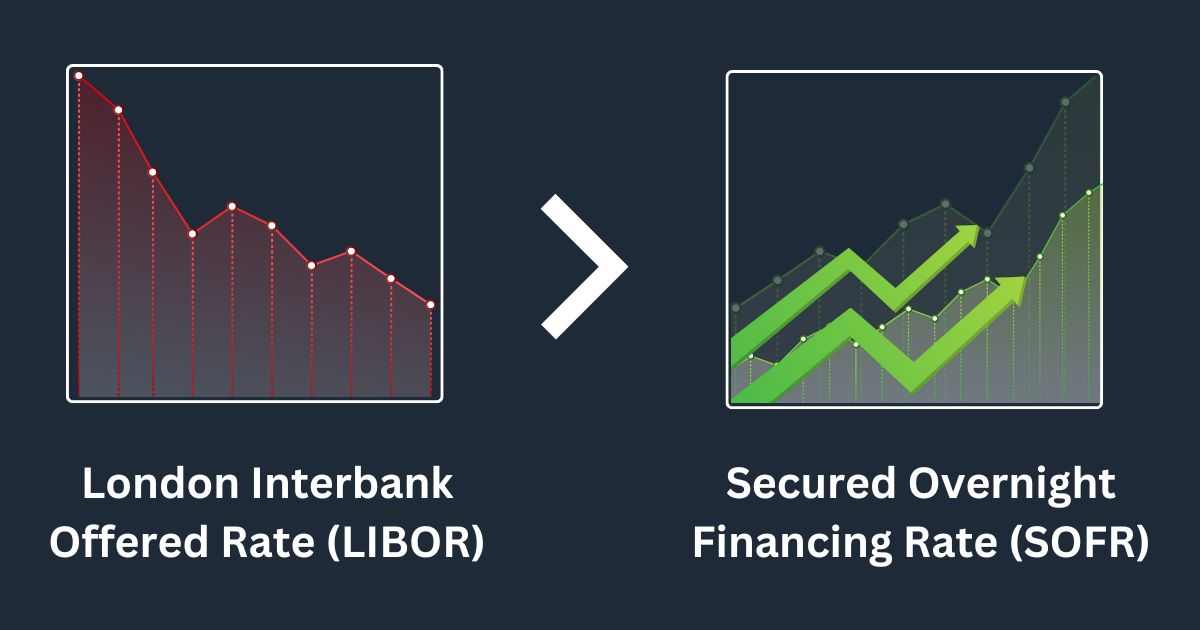Agriculture has long been the foundation of economies all across the world, supplying communities with food, resources, and income. With the agricultural sector employing more than 80% of the world’s labour force, it is obvious that this sector is crucial to the prosperity of any nation’s economy.
For an entrepreneur, there are numerous opportunities in this sector. Whether you want to start a successful farm business, or you are looking for government assistance in the form of loans and subsidies. In this article, we’ll cover all the topics.
Let’s understand what are different factors to consider in Agriculture business plans.
The Importance of Agriculture in India

- Over 60% to 70% of the Indian population relies on agriculture and related industries.
- Almost 52% of the labour force in the nation is employed in the agriculture industry.
- About 18.3% of India’s GDP (2022-23) (Gross Domestic Product) is attributed to agriculture. (PIB)
- India’s GDP from agriculture increased to 6934.75 INR billion in the 4th quarter of 2022 from 4297.55 INR billion in the 3rd quarter.
- The Indian agriculture industry is projected to grow by 3.5% during the fiscal year 2022-2023.[Source]
Agriculture Business Plan
A solid plan may make your agriculture business successful. Therefore when writing one, consider all the elements that constitute an excellent agriculture business plan. Also, take inspiration and incorporate key elements from already existing businesses.
Purpose of Agriculture Business Plan
- A strong agriculture business plan helps you understand the teams and make key business decisions to accomplish desired goals.
- It also helps you get investors for your business. Investors could be bankers or any other venture capitalists who would be willing to raise funds for your agribusiness.
- It helps determine if you can get the business going in a set direction and also allows you to estimate the costs required for founding the business.
- A good business plan clearly defines your corporate objectives.
Elements of an Agriculture Business Plan

While creating a strategy for your agriculture business, use a step-by-step procedure and include a comprehensive list of all the necessary components. Of course, your business strategy will determine whether you are a startup or an established firm. In any case, you must ensure that your business plan is inclusive, succinct, detailed, and grounded in reality.
Planning to create an Agriculture Business plan? Here’s what you should include:
1. Purpose and Objectives
The goal of the company is expressed in its objective statement. It dictates why you want to start the business and what you hope to achieve. Also, it identifies the other companies or entities your business will work with.
Thus, your company’s mission statement must incorporate information about your brand and core values.
2. Business Details
Illustrate every important component of your business, including its location, the size of its property, the date it began operations, its current status, and the sector it operates in. This section could also address other subjects, like marketing and sustainability.
3. Market Analysis
The majority of businesses begin by researching their industry. So, it would be great to implement the same idea in your agricultural business.
You can start by learning about the needs and compiling as much data as possible on supply and demand, market trends, rivals, and customers.
4. SWOT Analysis
A SWOT analysis is a way to determine your agribusiness’s internal strengths and weaknesses. The outside world may teach you about your possibilities, threats, skills, and shortcomings. For example, new markets, competitors, governmental limits, laws, and current economic conditions could all be opportunities or dangers.
By conducting a SWOT analysis, you can know the strengths and weaknesses of your agribusiness on the inside. Besides strengths and weaknesses, you can also learn about opportunities and threats from the outside. Opportunities and threats could include new markets and competitors, government regulations and restrictions, and prevailing economic conditions.
5. Business Strategy
Create a marketing plan corresponding to your mission statement and goals, the products and services you want to sell. The information you gathered during the research and analysis phases can provide ideas for this.
While creating a marketing plan, be sure to take into account all aspects, including pricing, location, and promotion. Consider how your products or services could help your clientele as well. Customers should be made aware of your product’s benefits. Then and only then will your business thrive in today’s competitive marketplace.
6. Finances
One of the most important sections of any agriculture business plan is the financing portion. You should assess your current financial condition and future prospects.
Depending on your financial status, you can decide whether a business loan is necessary for your agribusiness. Determine your current financial status and the money required to build your agriculture business.
7. Management Summary
The management summary, which comes last in your agricultural business plan, is where you highlight your successes and showcase them to potential investors.
Show them your financial projections and reassure them that investing in your business is a smart move. Doing this can bring in more potential investors for your agricultural business.
Steps to Draft an Agriculture Business Plan
- Step 1: Before getting started you need to first make up your mind about the type of agriculture business you want to start.
- Step 2: Narrow down land and secure the boundaries of it. Make sure you close the lease agreement.
- Step 3: Do deep research on the market to identify the requirements you need to cater to.
- Step 4: Do a calculation of different aspects of your agribusiness. This could include the economic viability of the business, commodities you are going to trade or what role you need to take up in order to tap into future opportunities.
- Step 5: When you are done with the above steps, now is the time to identify the resources you need to for the production.
- Step 6: Register your business
- Step 7: Make a strategy to secure the credit for your business. Unless you have a strong foundation of credit, it is very difficult to kickstart an agribusiness.
Agriculture loans in India
An agribusiness loan is a type of overdraft that can be used for farming and other agriculturally related operations that require working capital.
Farmers in India can typically apply for low-interest agricultural loans. Repayment conditions for agricultural loans vary from lender to lender. The loan can be repaid in monthly, yearly, or biannual payments.
Uses of Agribusiness loans
- Purchasing agricultural and irrigation machinery
- Buying cattle and livestock
- Purchase of agricultural land
- Storage and warehousing expenses
- Marketing expenses
- Transportation costs
- Managing day-to-day operations
Eligibility Criteria for an Agriculture Business Loan
- The primary applicant must be aged between 18 – 70 years old.
- Applicant should use the loan credit for the cultivation of the farmland.
Documents required to avail of an Agriculture Loan
- ID proof – PAN card/ Aadhar card/ Ration card/ Driving license/ Voter ID
- Address proof – Bank statement/ 3 months utility bill/ Ration card/ Driving license/ Passport
- Land ownership proof.
Let’s see what are the different components of an Agriculture Business Plan.
Closing Words
It should go without saying that planning your farm business is a major task. But, don’t let it deter you.
When drafting the plan, your mission statement and goals should come first. After that, go on to strategy creation and market research. You can then describe how you’ll carry out your plan after that. You will market your products to your customers in this manner. You must identify your target customers at this point in your agriculture business strategy.
Hence, when creating a plan for your farm business, go step by step. And ensure that you don’t miss anything. Just follow the steps mentioned in this article. Happy Farming!
FAQs
What business can I start with agriculture?
Every business in agriculture holds a key to profits. If you are not sure which business to start with then, here’s a list of businesses you can consider:
1. Organic Farming
2. Organic Fertilizer
3. Poultry Farming
4. Dairy Farming
5. Garlic Farming
6. Lavender Farming
7. Gourmet Mushrooms Farming
8. Flower Business
9. Fertilizer Distribution
10. Mushroom Farming
11. Sunflower Farming
12. Hydroponic Retail Store Business
13. Bamboo Farming
14. Willows Farming
Which agriculture business plan example is most profitable?
When we talk about profitability, Dairy farming has an exceptional potential to become most profitable. Its not just the milk but other products like manure are in high demand.
How to start an agriculture loan application process?
You can start your agriculture loan application process by duly filling out all the details and submitting the application form to the bank while attaching all the necessary documentation.
What is the online application procedure for agriculture loans?
When applying for a loan online, you must fill out the application form and upload it along with the required documents on the bank’s website.
Who can be categorized as small and marginal farmers?
Any farmer who owns less than 2.5 acres of irrigated land or 5 acres of non-irrigated land falls under the small and marginal farmer category.
Can women avail of agriculture loans in India?
The Indian government encourages women to avail of agriculture loans by offering special schemes for women borrowers.
Who is eligible to apply for an agriculture loan in India?
All categories of farmers, including small and marginal farmers, tenant farmers and sharecroppers, are all eligible to apply for agriculture loans.
How do you write an agricultural business plan?
You just need the follow the below-mentioned steps to make an agricultural business plan
Step 1: Business statement
Start with a mission statement. The why should be clear. This includes what your business is all about and what it will do. Include the business identity and values.
Step 2. Details of your business
Highlight all important details of your business. Everything right from the location to the date when you’ll start operations.
Step 3: Competition Analysis
Analyse the market. It will help you to strategize better. Gather information about your competitors. Do a SWOT analysis.
Step 4: Business Strategy
Create a marketing strategy, that aligns with your business statement and values.
Step 5: Finances
Assess your financial standing and project future. Based on that apply for a loan
Step 6: Management Summary
Highlight your business achievements.
How do I start my own agricultural startup?
It’s pretty straightforward to start an agricultural startup in India. Follow the below-mentioned steps:
Step 1: Competition Analysis
Do a proper competition analysis. This will help you to make a good business plan.
Step 2: Arranging the Funds
Consider taking a loan or arrange the funds to kickstart the business.
Step 3: Register your Business
It is the first and foremost step that you should take. Registering your business will help you to take advantage of various government initiatives or schemes.
Step 4: Marketing your Business
Mow market your business. Make a marketing strategy and stick to it. It will reap results for you.
Suggested Reads:
- Best 30+ Business Ideas for Women Entrepreneurs in India
- What is SSI? Small-Scale Industries Explained
- What is Loan Resource App: Benefits, Comparison & How to Apply
- 70+ Best RBI Approved Loan Apps In India [2023]
- Fake loan app list: 500+ apps you should avoid at any cost
- MSME Advantages and Disadvantages: Unlocking the potential of MSMEs in India
















